1977 Plymouth Volaré Premier Wagon: Hamtramck Hummingbird Hauler
Will 1970s cars ever shake the negativity from the public at large? Oh sure, plenty of folks love them—I’m one of them!—but even in this day and age, Pintos, Nimitz-class Caprices, Granadas, and more get disdain from many quarters. And I will certainly not dispute the quality control issues seen on many cars of the era. But what variety. What choices, not only in color and upholstery but in body styles. And the F-body 1976–80 Plymouth Volaré and Dodge Aspen were amongst one of the tidiest, good-looking compact wagons of the era.
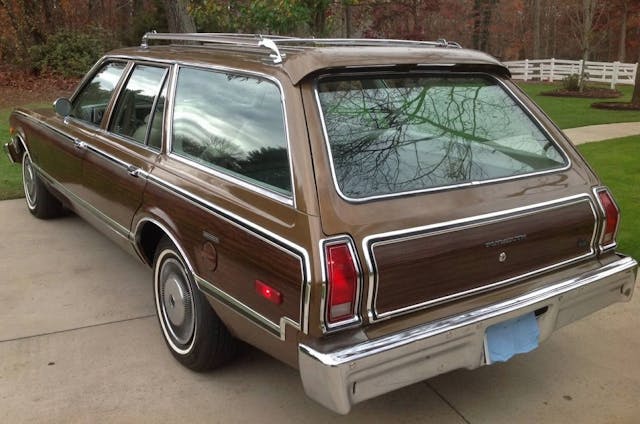
These new compact Chrysler Corporation vehicles were meant to replace the venerable, robust, plain vanilla but-oh-so reliable A-body Dodge Darts and Plymouth Valiants. But for one final hurrah, in 1976, the outgoing cars shared showrooms with the all new models.
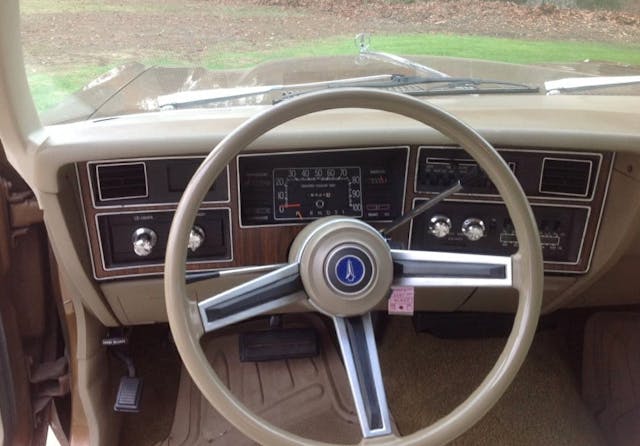
For one last year, you could get a stone-reliable, if somewhat staid, conveyance. But the new cars were pretty nice looking for their time, fresh and attractive, right in line with the recently introduced Ford Granadas and Mercury Monarchs. But as an added fillip, station wagons were available.
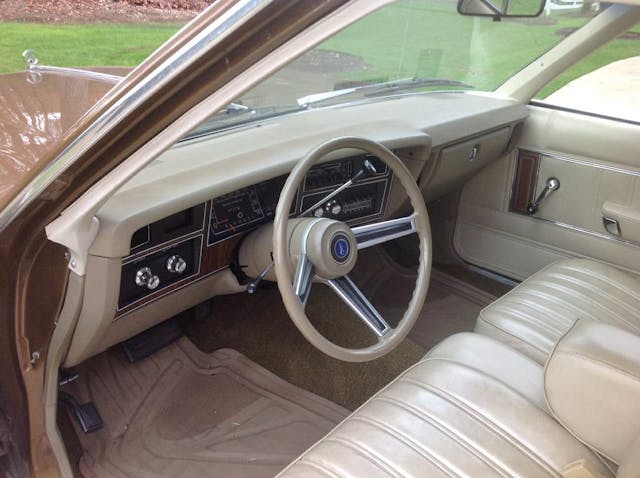
There hadn’t been any compact Mopar wagons since the ’66 versions. And in the mid-70s, with suburbia being the oasis from the big city, wagons ruled. Country Squires, Caprice Estates, Malibu Estates, Catalina Safaris, and many others were popular and prevalent.
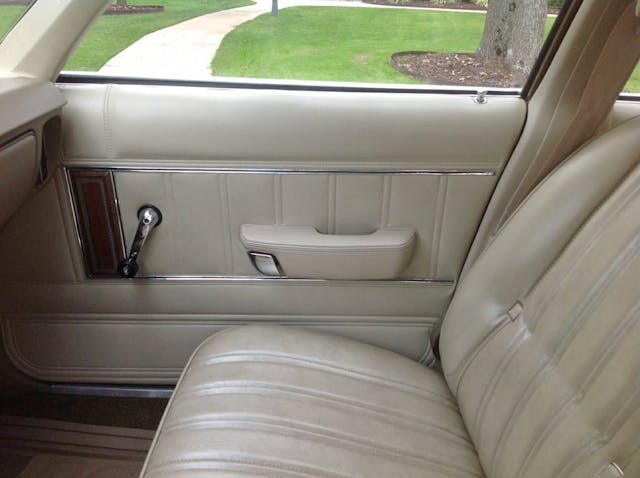
Trouble was, the new compacts had some teething issues. The most visible was prematurely—VERY prematurely—rusting front fenders. A recall was issued, and complainants were able to get new fenders at no charge, but it was a major black eye to Chrysler and soured many new owners into Granadas, Cressidas, and other makes.
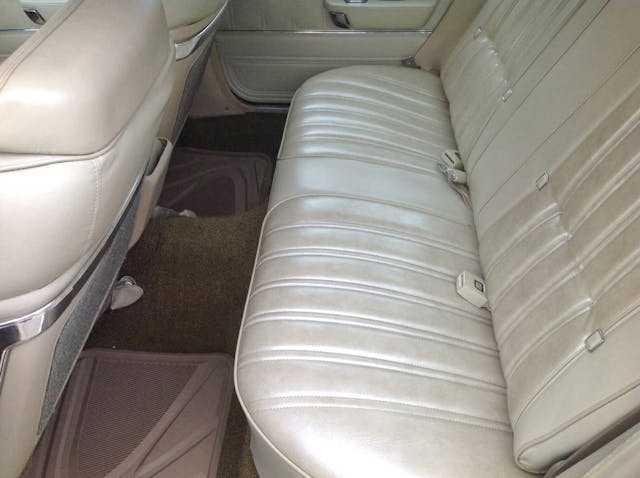
Eventually, Mopar got its act together though, and ’78 and up models were much more robust and reliable. And through it all, the wagon was a notable perk. It’s my favorite body style amongst these cars. Unless we get into the ’80s and start talking M-body Fifth Avenues with pillow-top velour and coach roofs.
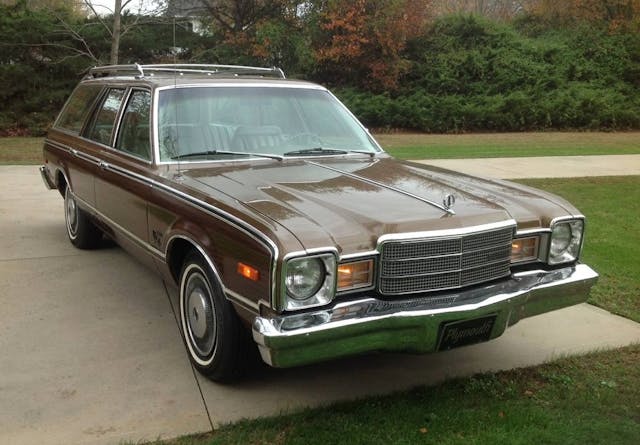
The Volarés came in three flavors: plain, mid-range, and fancy. The top of the line was the Premier, and it was available as a coupe, sedan, and wagon. Of course, Premier wagons got simulated wood on the sides and lift-up tailgate.
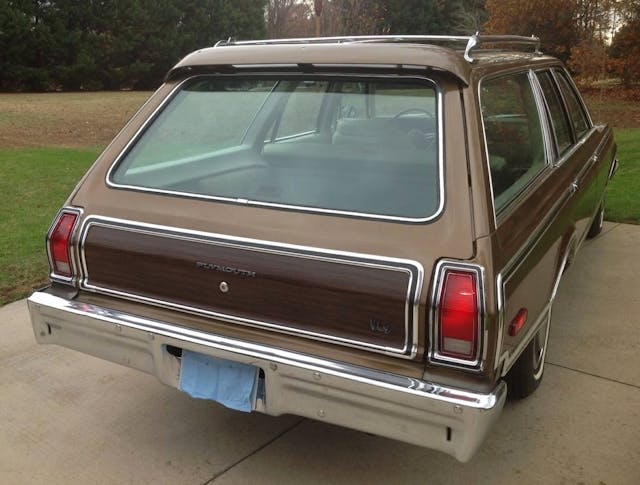
A ’77 Premier wagon had a base price of $4271 (about $22,656 today), weighed in at 3505 pounds unloaded, and a total of 76,756 were produced. Premier sedans were $4354 ($23,097) and 31,443 were built. The wagon was very popular, in all trim levels.
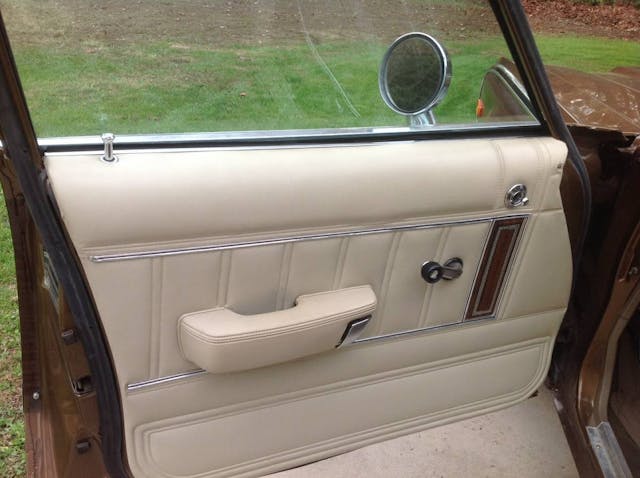
In fact, the tony Premier wagon was the second most popular ’76 model. Most popular? The base station wagon, which retailed for $3,941 ($21,996), and of which 80,180 were sold.
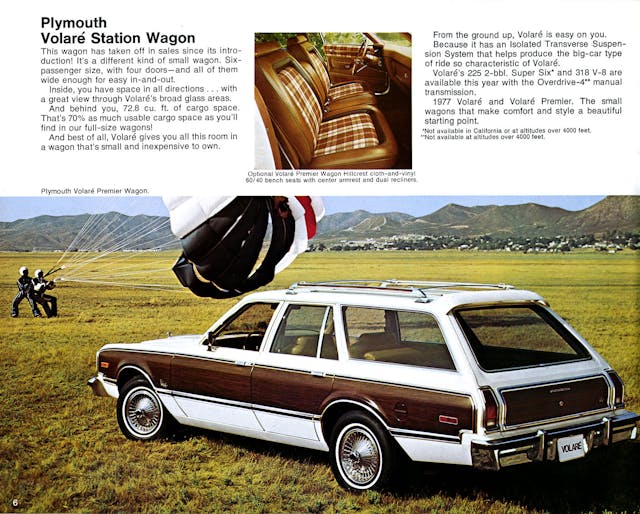
Today’s featured car was seen several years back on Marketplace. From my 1977 brochure, it appears to be in oh-so-period-correct Spanish Gold Metallic. Unfortunately, I have no recollection of where it was or what it was priced at, but I saved the pictures because it was the nicest one I had seen in years. These lasted until 1980. The final ’80 wagons sold had a base price of $3540 ($14,120); 19,910 were made. But that’s for all trim levels, as by that time the Premier extras were considered an option package and production figures reflected that.

One final note: For those in the know, the “Hamtramck Hummingbird” refers to that unique starter sound Chrysler products had back then. My mom’s ’92 Grand Caravan ES made the same sound! I’m not sure when the design was finally changed and that distinctive sound went away, but I would guess sometime in the mid ’90s. A little bit of that Chrysler Corporation uniqueness went with it.
***
Check out the Hagerty Media homepage so you don’t miss a single story, or better yet, bookmark it. To get our best stories delivered right to your inbox, subscribe to our newsletters.



I bought a used ’77 Aspen wagon for my “disposable” commute vehicle to college in NW PA back in the early ’80’s. Winters were pretty brutal for a few years in the late ’70’s and early ’80’s with wicked lake effect snow. I loaded the wagon with sand bags, firewood, some non-perishable food and blankets in order to make the remote drive across the Allegheny plateau. 2 weeks before graduation, I hit a large pothole and the car started driving erratically. When I got home and opened the driver door, the car settled a bit due to the rusted, broken frame rail resulting from the pothole hit. Sold the car for the value of the tires and wheels.
That slant 6 was amazingly dependable and never missed a beat. Great car until the rust monster got it.
I remember these as a kid. I do not remember them fondly. This was the dark ages for Mopar.
Reliable or not, junk or not, it’s a blast to see the pics of how they looked in pristine shape and just to reminisce! After all, isn’t that the point?
I bought a used bird’s egg blue 76 Volare’ Wagon from a friend in 81, and it was rusted all over coming from Michigan to Arkansas. I had a friend paint it a Mellow 81 Cadillac Medium Blue and it took 2.5 quarts of bondo to cover the holes prior to painting. The Vinyl “wood had to have a new “color back” treatment every time I washed it, but the Slant six served me for over 200K without a hitch and the interior looked like new when I sold it – for twice what I paid for it four years later. Wish had kept it. Never had a minutes trouble out of it mechanically. When I got it, I had two in diapers, so it served me and my wife well. Always like Plymouths!
These were all over the place and I knew a couple people that were using them for service work they were cheaper to run instead of vans and minivans weren’t a thing yet. I bought one super cheap that had damage in the rear the front fenders were great and resold it probably for parts was a 77 Aspen wagon a few years later I used Omni’s and Horizons for delivery work you could always grab one cheap for parts
I thought that the starters were known as “Highland Park Hummingbirds”, not “Hamtramck” ones…?
Funny thing – my grandpa bought a new 1977 Dodge Royal Monaco, and it was actually a decent car, in terms of quality. Not perfect, but not bad for the era. Of course, it had last been redesigned in 1974, so many of the bugs had been worked out, I guess.
Thomas, I love the fact you find/buy old brochures – I loved looking at brochures! Now everything is online – even when we bought our BMW, no brochure – and that one didn’t even have an owner’s manual! It was loaded into the touch-screen.
Anyway, love the Premier’s ‘Hillcrest’ cloth and vinyl in the brochure picture – classy and so 70’s. We owned a 1976 Aspen for a short time, when we didn’t have any money and my wife was at University – suberb runner with the Slant-6, but in central Ontario’s eternally cold winters, the door latches would freeze and we had a rope tied through the door armrest and after my wife got in, she had to tie the rope around the passenger headrest and usually it would warm up enough to latch when she got to campus – except one final exam day when it wouldn’t latch and she had to leave the door open or be late for the exam – still open when she came out hours later! Had to pour concrete in the rear fenderwells to pass safety – worked great for traction in the snow!